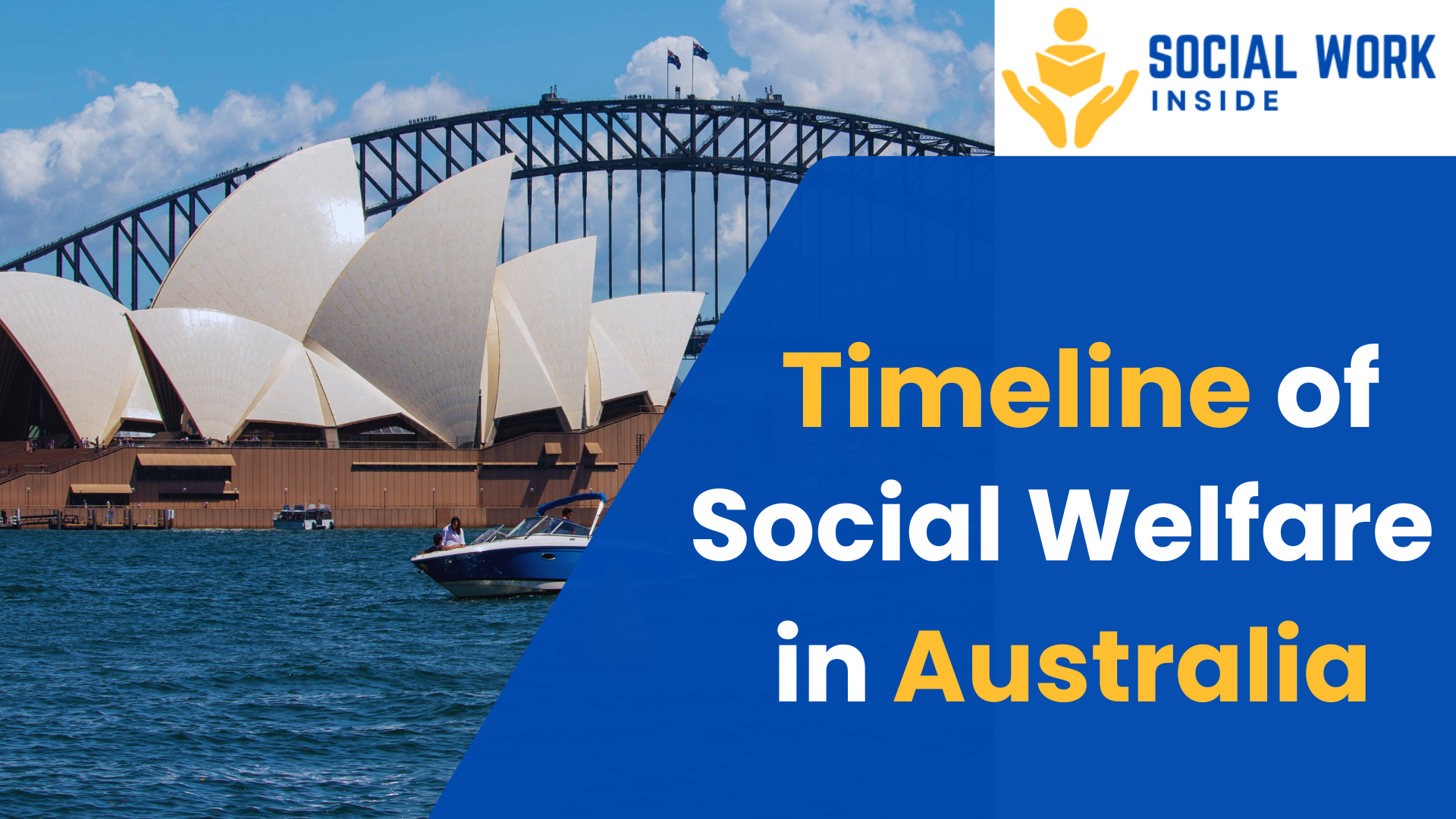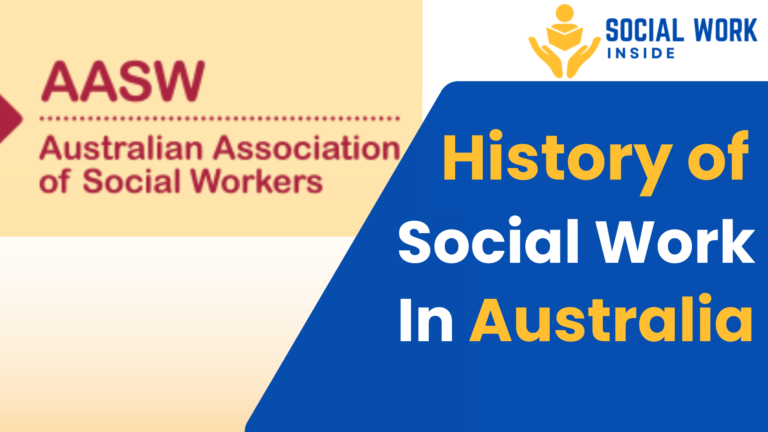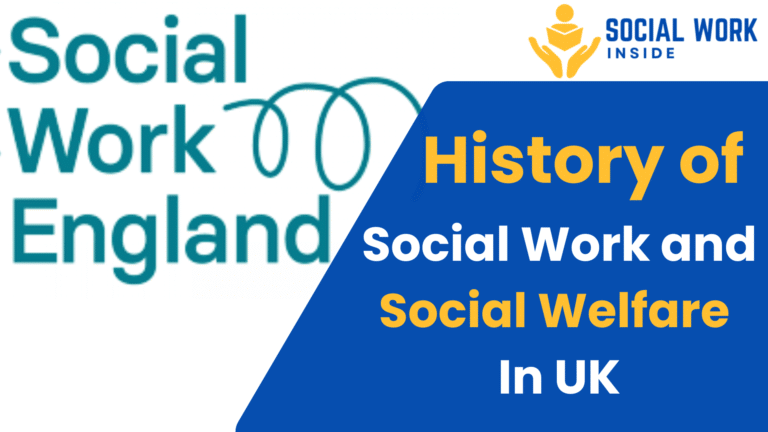Development of Social Welfare in Australia: A Historical Overview

Social welfare in Australia has undergone significant changes over the centuries, evolving from basic charitable relief in the colonial era to a sophisticated welfare state providing various forms of assistance to its citizens. The Australian government’s role in social welfare has expanded to include pensions, healthcare, unemployment benefits, and other social support programs.
Timeline of Social Welfare in Australia
1788–1900: Early Colonial Period
- Welfare during this period was informal, primarily driven by religious institutions, charities, and community support.
- The British Poor Laws influenced the provision of aid, but assistance was often limited to convicts, the elderly, and the sick.
- The first significant welfare initiative was the establishment of Benevolent Societies in the early 19th century, which provided food and shelter to destitute settlers.
1901–1945: Federation and Early Government Intervention
- Australia became a federation in 1901, and social policy gradually became a governmental responsibility.
- The Invalid and Old-Age Pensions Act (1908) introduced the first government-funded pension for elderly and disabled Australians.
- In 1910, the Commonwealth introduced a maternity allowance to support mothers, followed by a repatriation scheme for World War I veterans.
- The Great Depression of the 1930s led to mass unemployment and economic hardship, prompting the government to introduce unemployment relief programs.
- The Unemployment and Sickness Benefits Act (1944) laid the foundation for a more structured welfare system.
1945–1970: The Expansion of the Welfare State
- After World War II, Australia adopted a more structured approach to social welfare, influenced by the British model of the welfare state.
- The introduction of the Commonwealth Rehabilitation Service (1948) provided support for disabled individuals.
- The Social Services Consolidation Act (1947) streamlined welfare benefits, including child endowment, widows’ pensions, and allowances for people with disabilities.
- Medicare’s predecessor, the National Health Scheme (1953), provided limited public healthcare support.
- Education and housing support programs expanded significantly in this era.
Must Read it: History of Social Work in Australia
1970–1990: Reforms and Welfare Growth
- The Whitlam Government (1972–1975) introduced major social welfare reforms, including universal healthcare (Medibank), free tertiary education, and expanded social security benefits.
- The Family Assistance Act (1986) merged family benefits into a more structured system.
- The Hawke and Keating governments (1983–1996) introduced welfare-to-work policies aimed at reducing dependency on government aid.
1990–2000: Neoliberal Reforms and Policy Shifts
- The introduction of Mutual Obligation policies in the late 1990s required welfare recipients to actively seek employment or participate in community services.
- The Welfare to Work (1998) initiative aimed to encourage employment over long-term welfare reliance.
- Privatization and outsourcing of employment services to agencies like Job Network began.
Social Welfare in 21st Century Australia
Healthcare and Medicare
- Medicare, Australia’s universal health care system, provides subsidized medical services, pharmaceuticals, and hospital care.
- The National Disability Insurance Scheme (NDIS) was introduced in 2013 to support Australians with disabilities.
- The Pharmaceutical Benefits Scheme (PBS) subsidizes essential medications for eligible citizens.
Income Support and Social Security
- The Centrelink system, operated by the Department of Human Services, administers various welfare payments, including unemployment benefits (Job Seeker), disability pensions, and aged pensions.
- The Family Tax Benefit scheme assists low- and middle-income families with child-rearing expenses.
- The Youth Allowance provides financial support to young people engaged in study, training, or job seeking.
Unemployment and Workforce Assistance
- The Job Seeker Payment replaced the former New start Allowance and provides income support for unemployed individuals.
- Employment services such as Workforce Australia help job seekers gain employment through training and job placement programs.
- The Work for the Dole program encourages skill development for long-term unemployed individuals.
Aged Care and Pension Support
- The Age Pension, introduced in 1908, continues to be a crucial support mechanism for senior citizens.
- Superannuation reforms ensure that working Australians have retirement savings, reducing reliance on pensions.
- Government-funded aged care services provide home support, residential care, and community services.
Housing and Homelessness Support
- Public housing programs provide affordable housing options for low-income individuals and families.
- Rent Assistance helps low-income Australians afford private rental properties.
- Programs such as Commonwealth Housing Support aim to reduce homelessness.
Support for Indigenous Australians
- Indigenous-specific programs, such as the Indigenous Advancement Strategy (IAS), aim to improve education, employment, and health outcomes for Aboriginal and Torres Strait Islander peoples.
- Closing the Gap is a government initiative focusing on reducing socioeconomic disparities between Indigenous and non-Indigenous Australians.
Government Assistance to Citizens
The Australian government provides extensive support to its citizens through various social welfare initiatives:
- Financial Assistance: Direct payments such as pensions, disability support, unemployment benefits, and family tax benefits.
- Healthcare: Medicare, PBS, and aged care support ensure access to essential medical services.
- Education Support: Student loans (HECS-HELP), scholarships, and funding for primary and secondary education.
- Employment and Training: Job-seeker programs, employment subsidies, and skills training initiatives.
- Housing Support: Public housing, rent assistance, and homelessness prevention programs.
- Disability and Aged Care Services: NDIS and aged care packages for seniors and individuals with disabilities.
Conclusion
Australia’s social welfare system has evolved significantly from its colonial roots to a robust, structured framework designed to support the well-being of its citizens. The government continues to play a pivotal role in ensuring social security through income support, healthcare, housing, and employment assistance. While challenges remain, ongoing reforms and policy adaptations aim to create a more inclusive and sustainable welfare system for all Australians.



